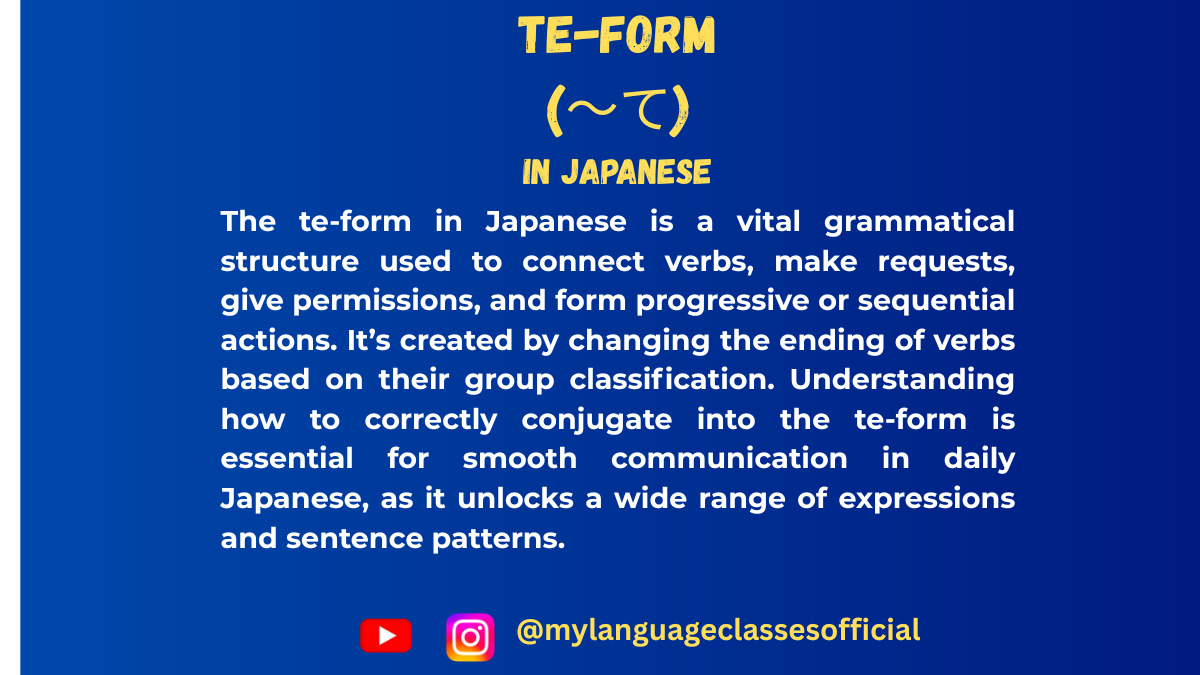Your cart is currently empty!
Tag: learn japanese te form step by step

Mastering the Te-Form in Japanese
Mastering the Japanese Te-Form: A Comprehensive Guide
If you’re learning Japanese, one of the most versatile and essential verb forms to master is the te-form. It’s a grammatical powerhouse, allowing you to connect actions, form requests, give commands, and … Read more

